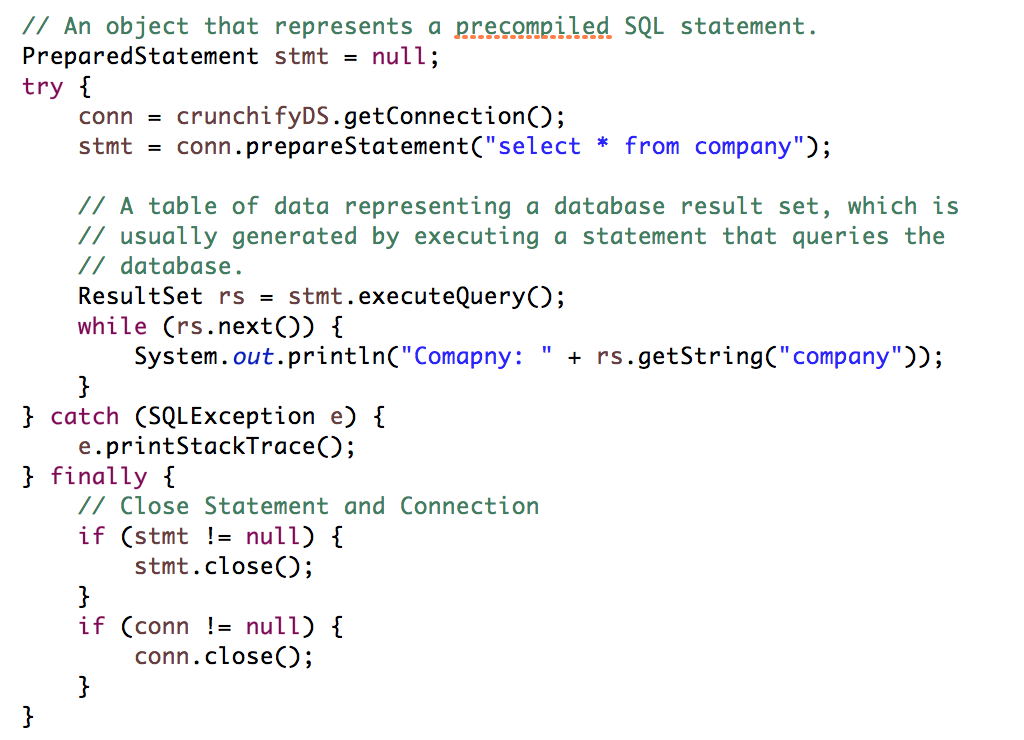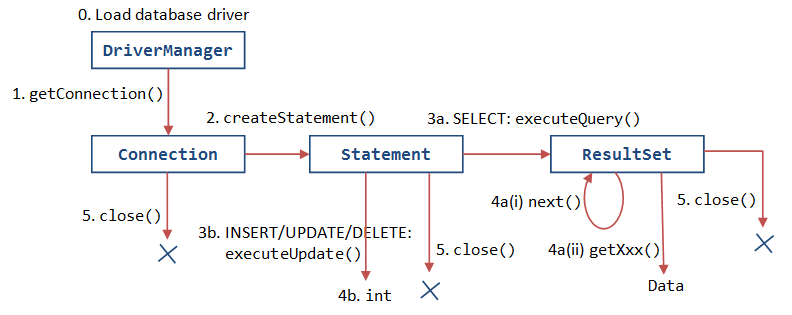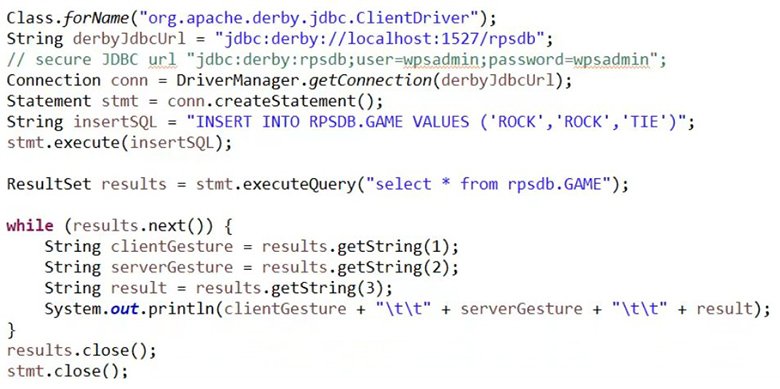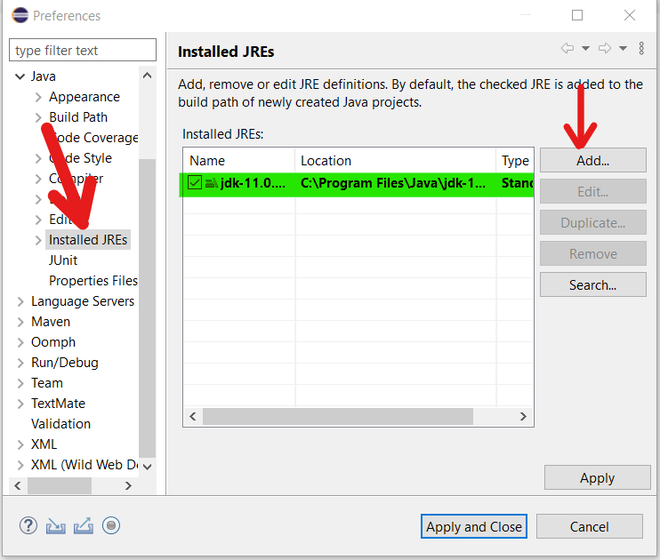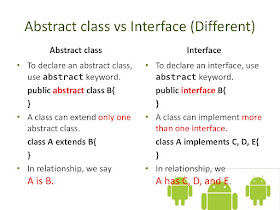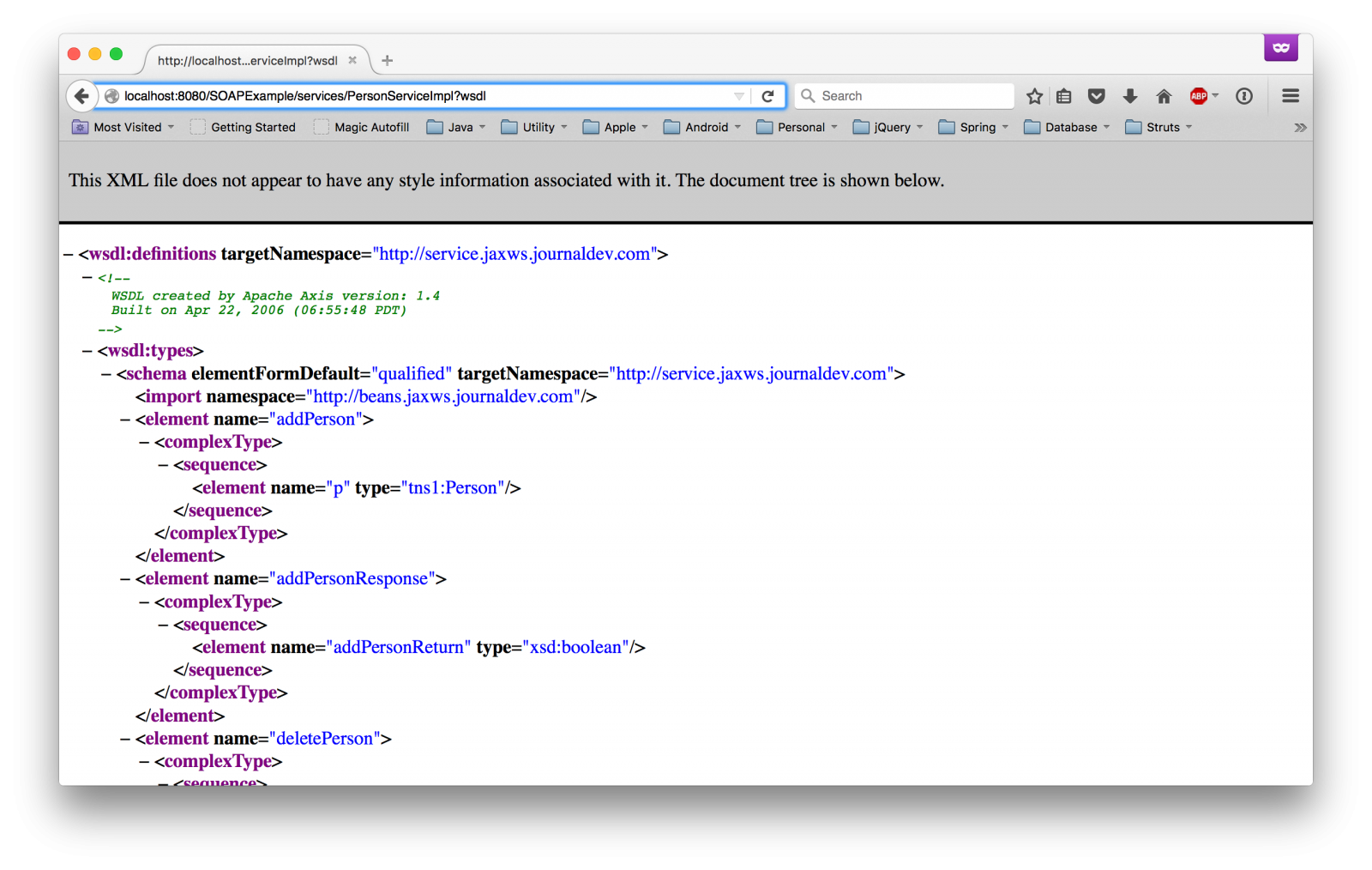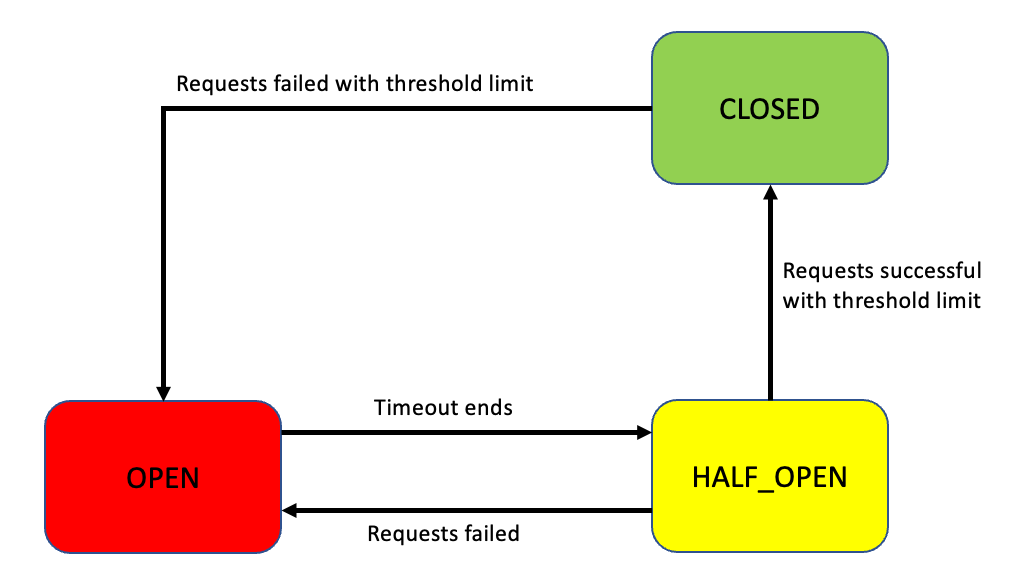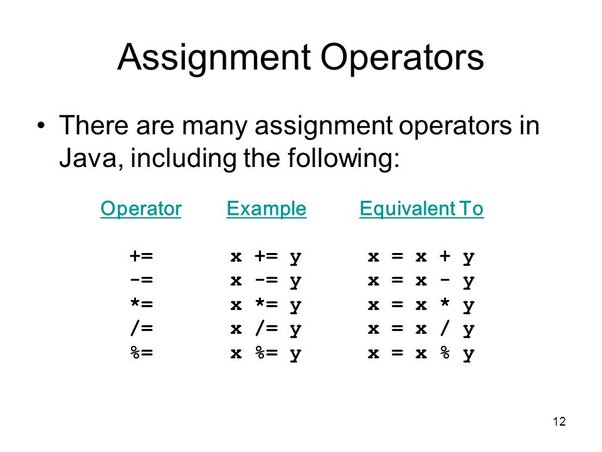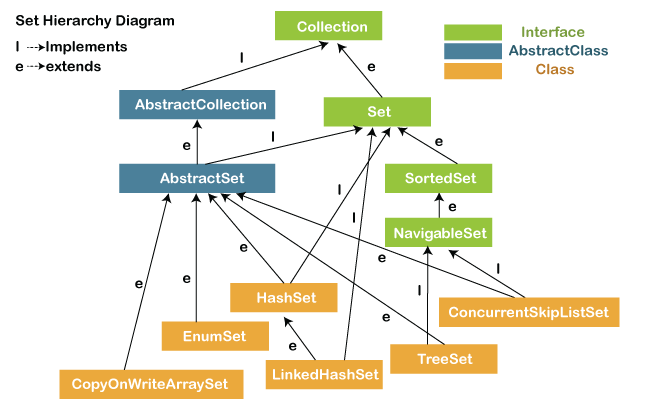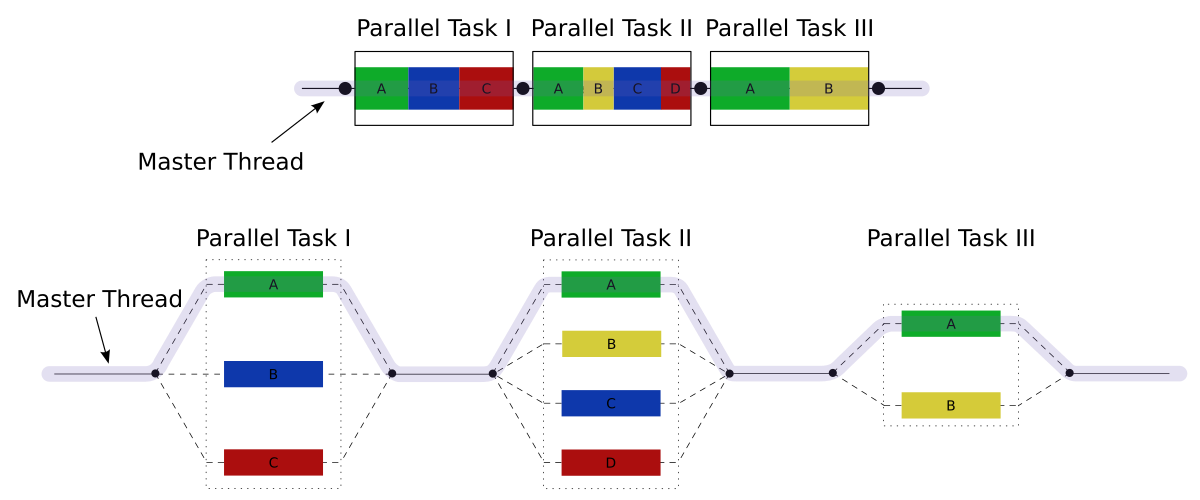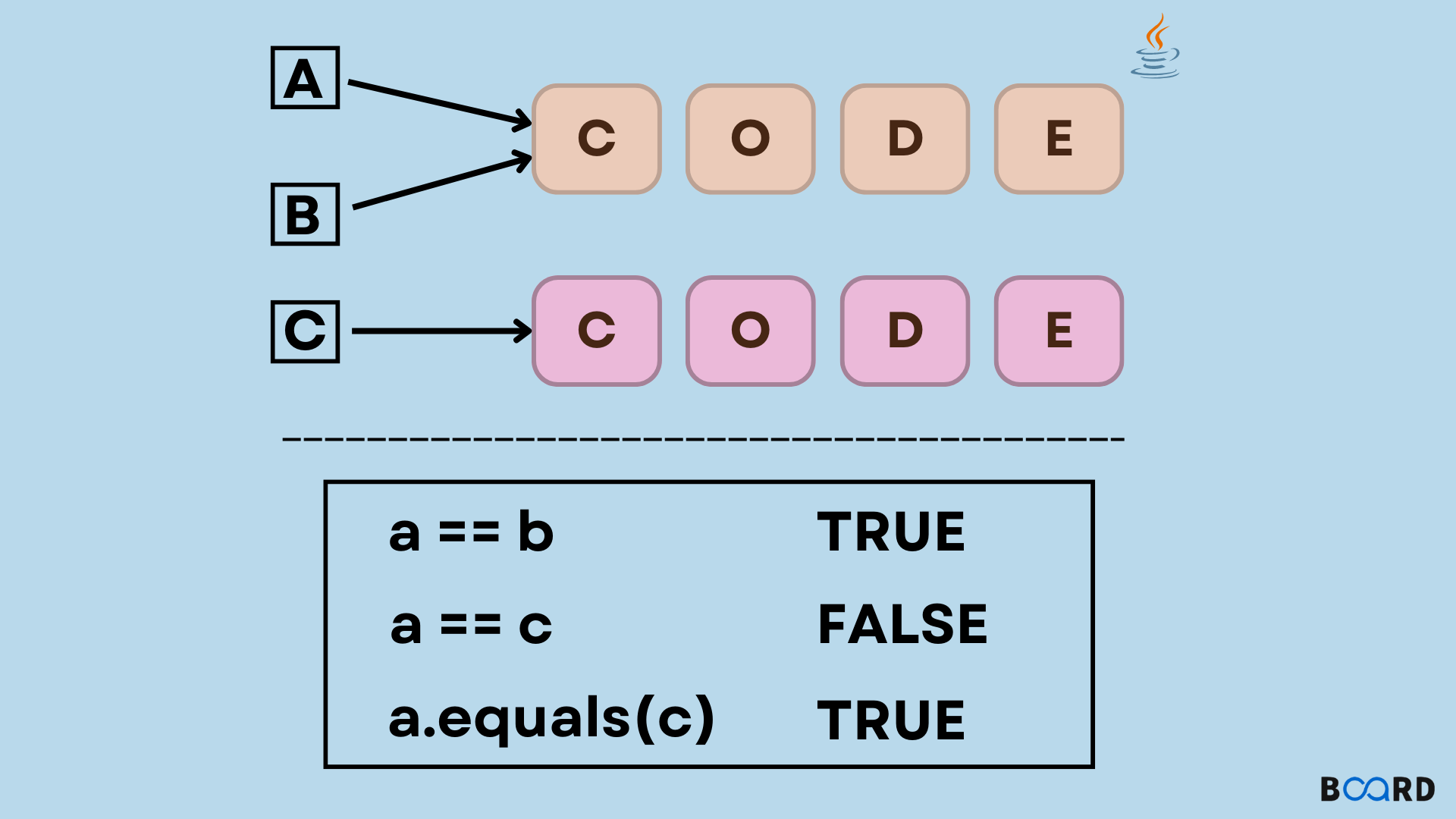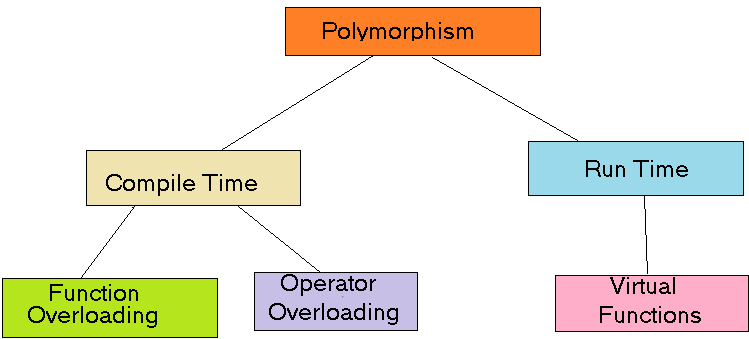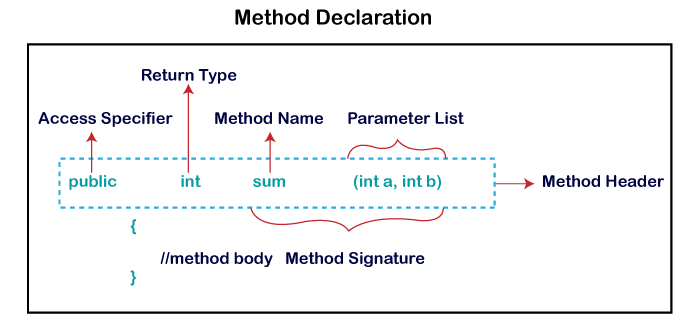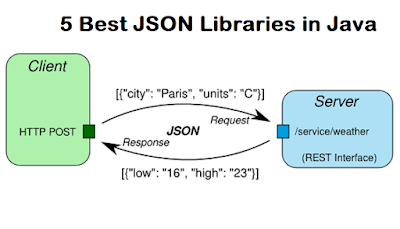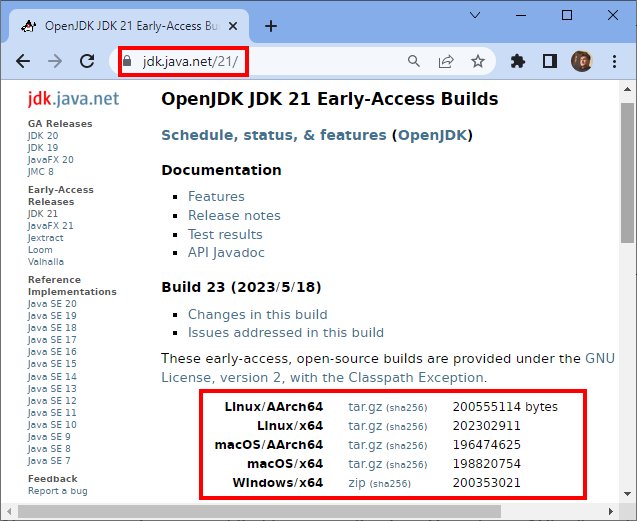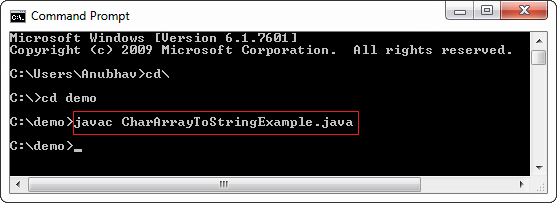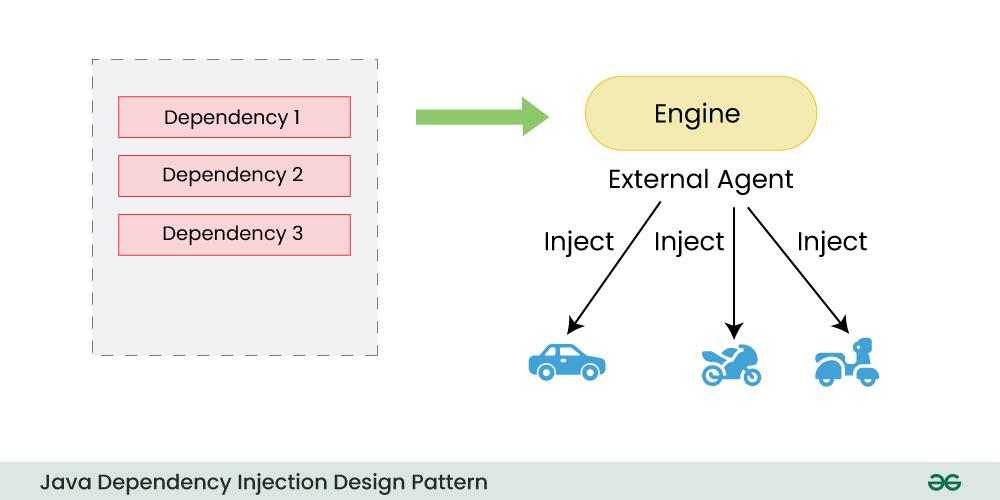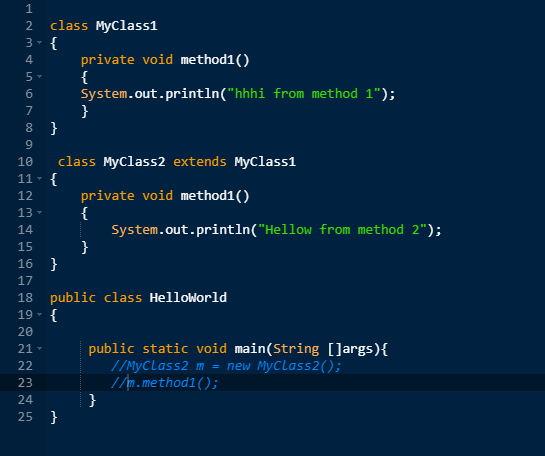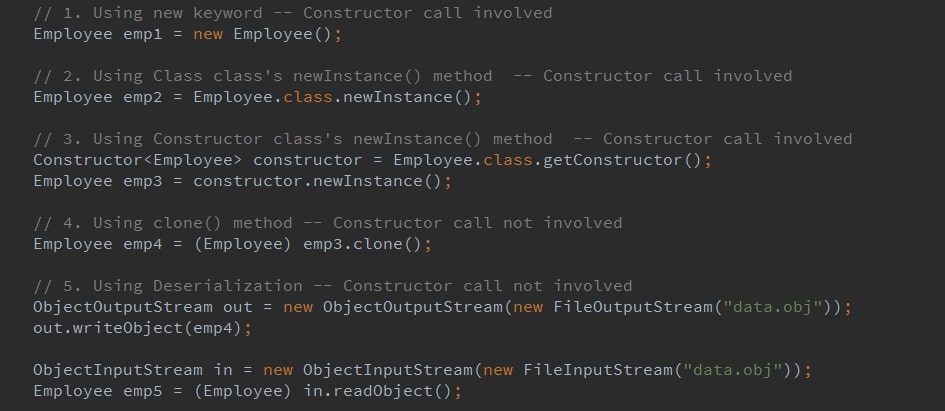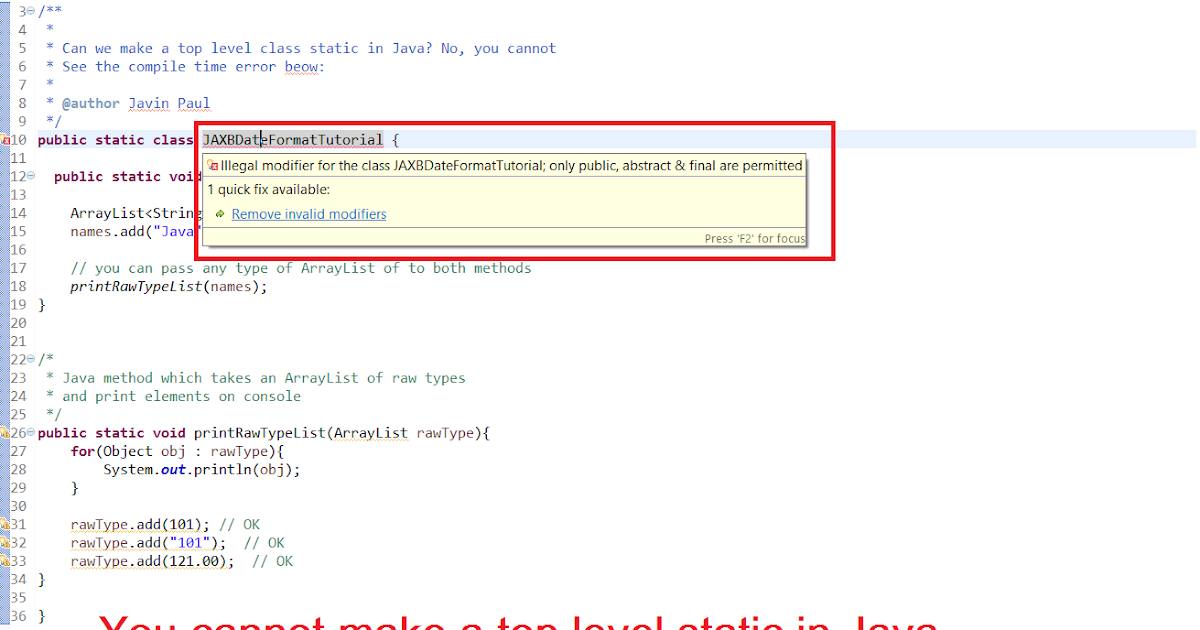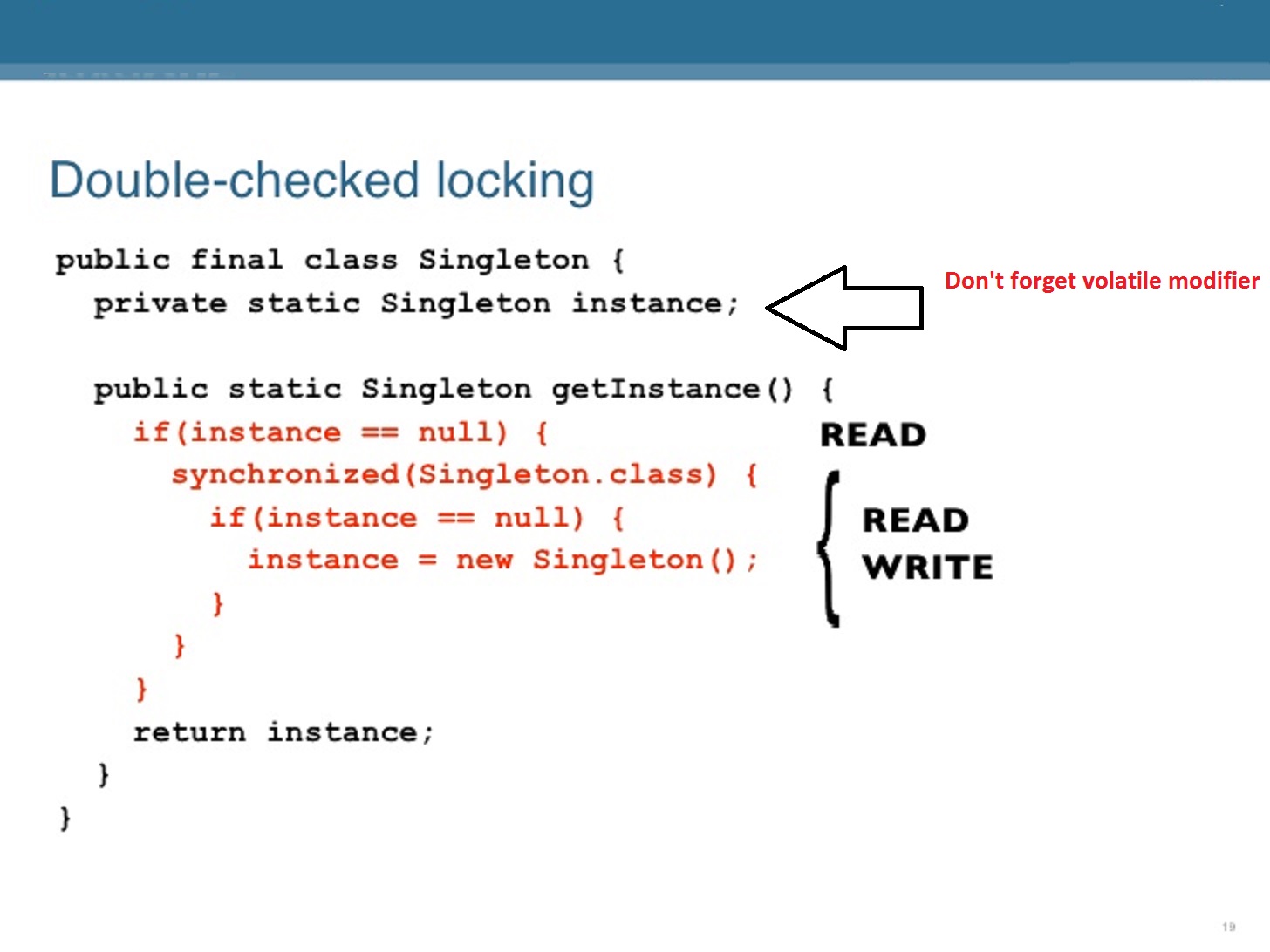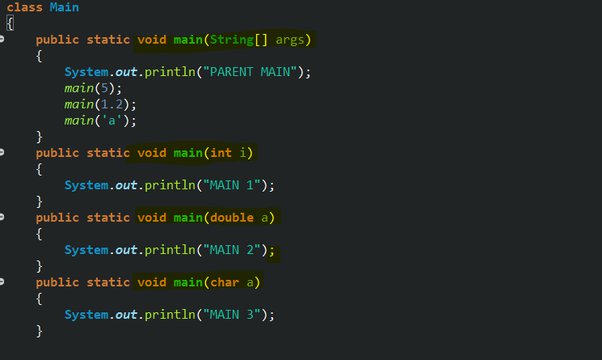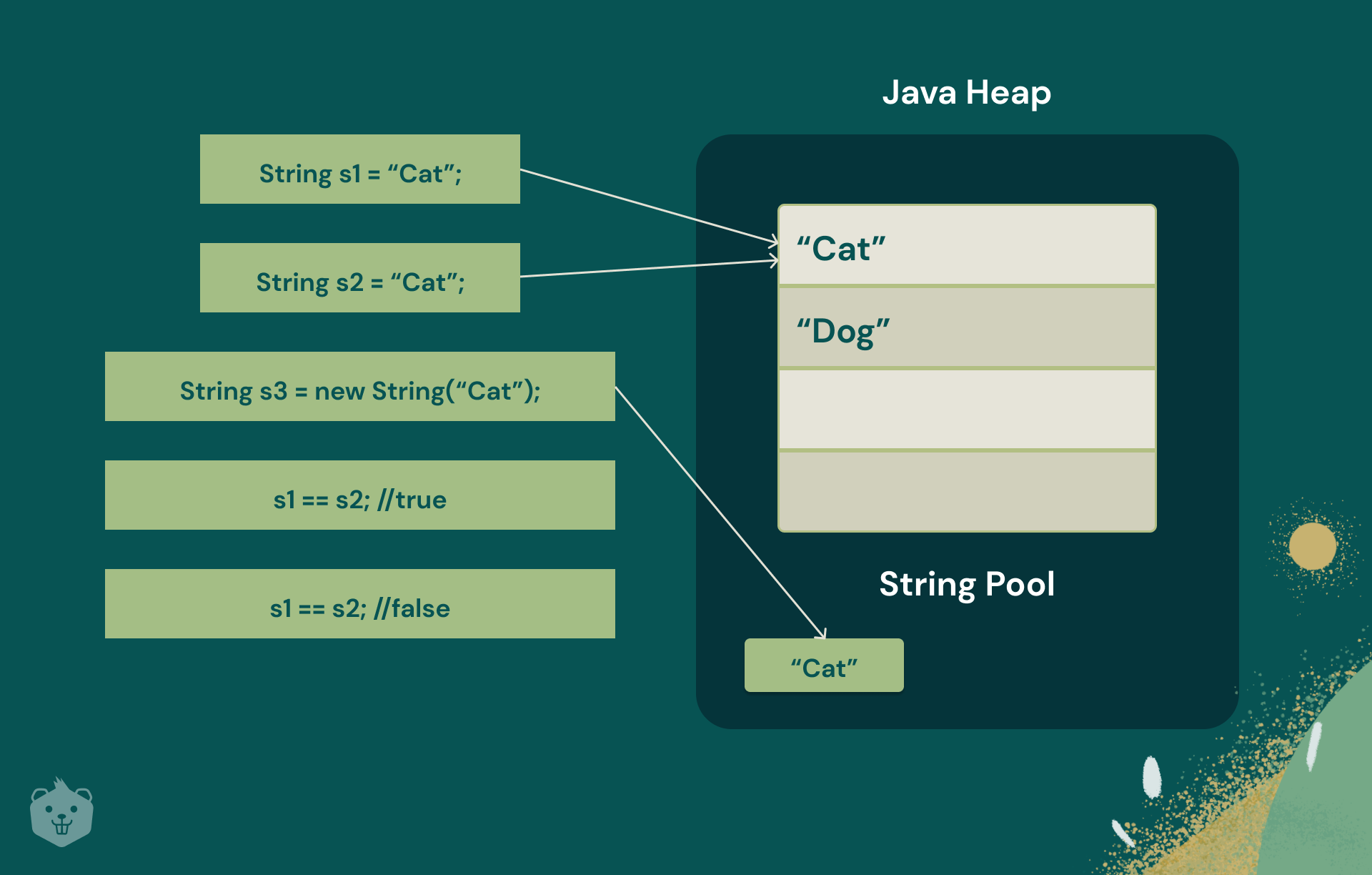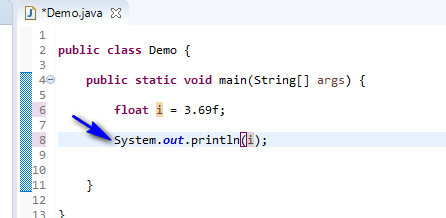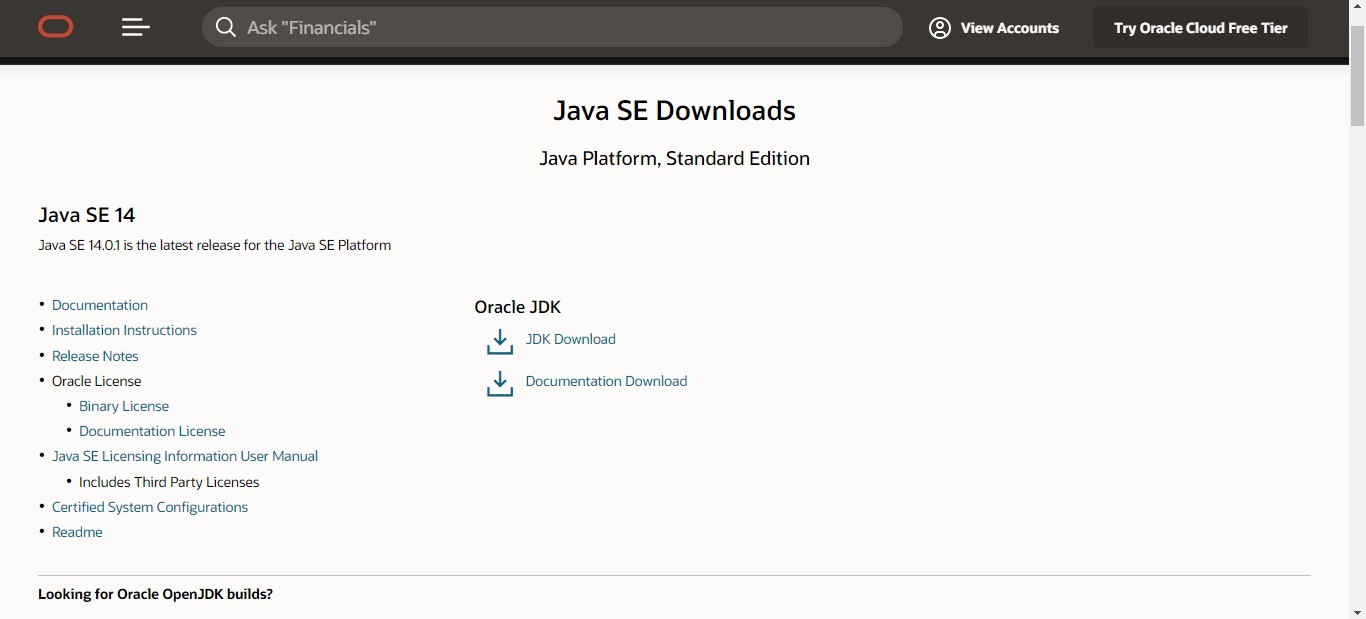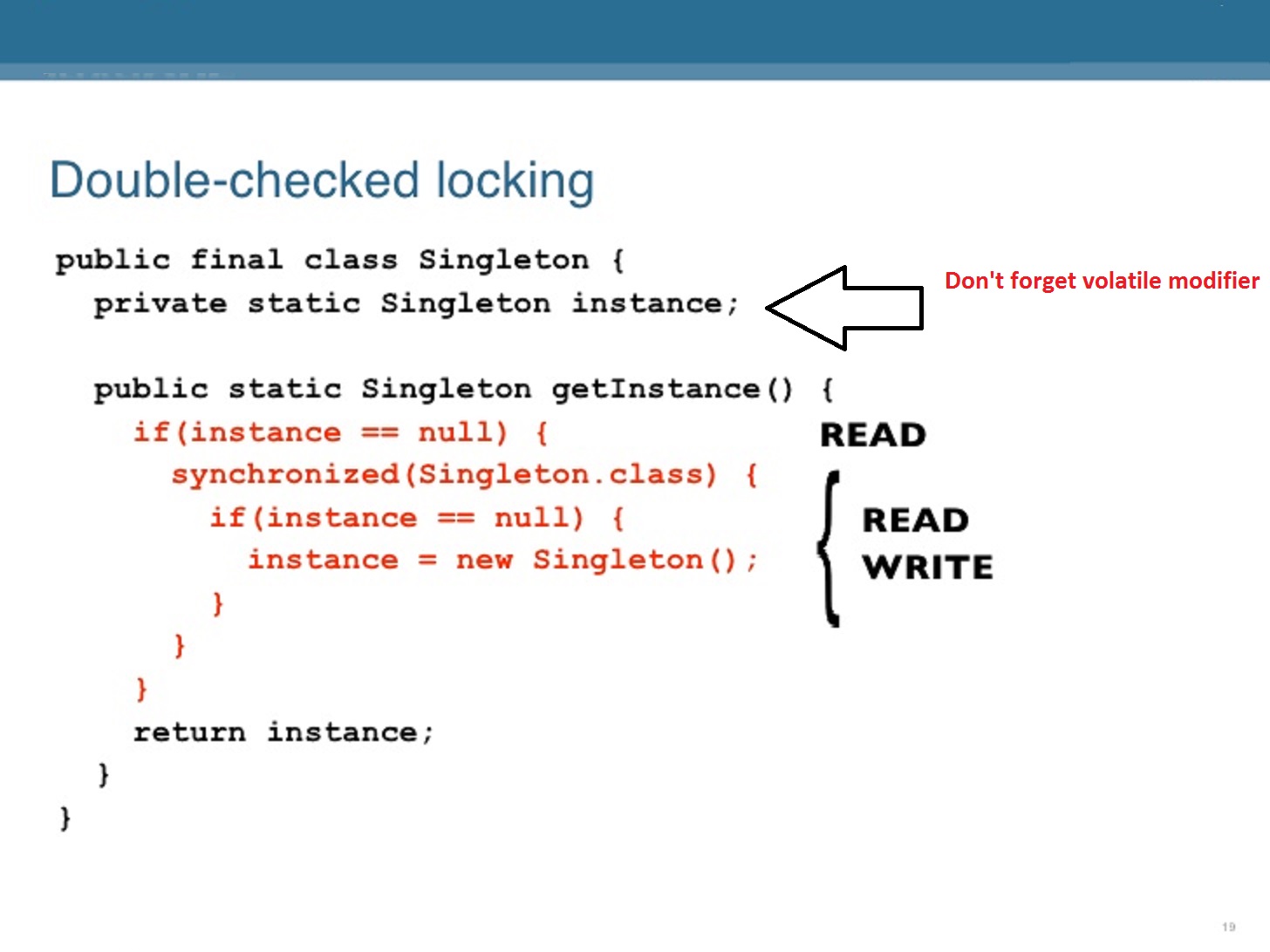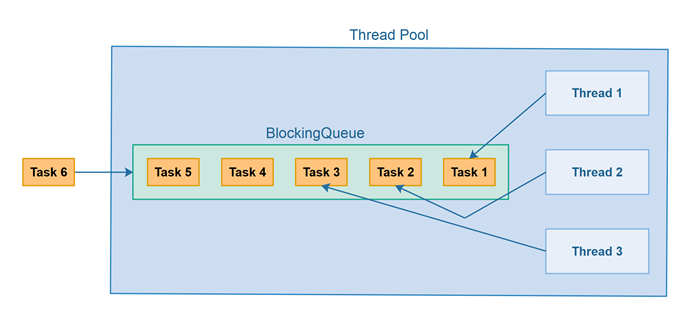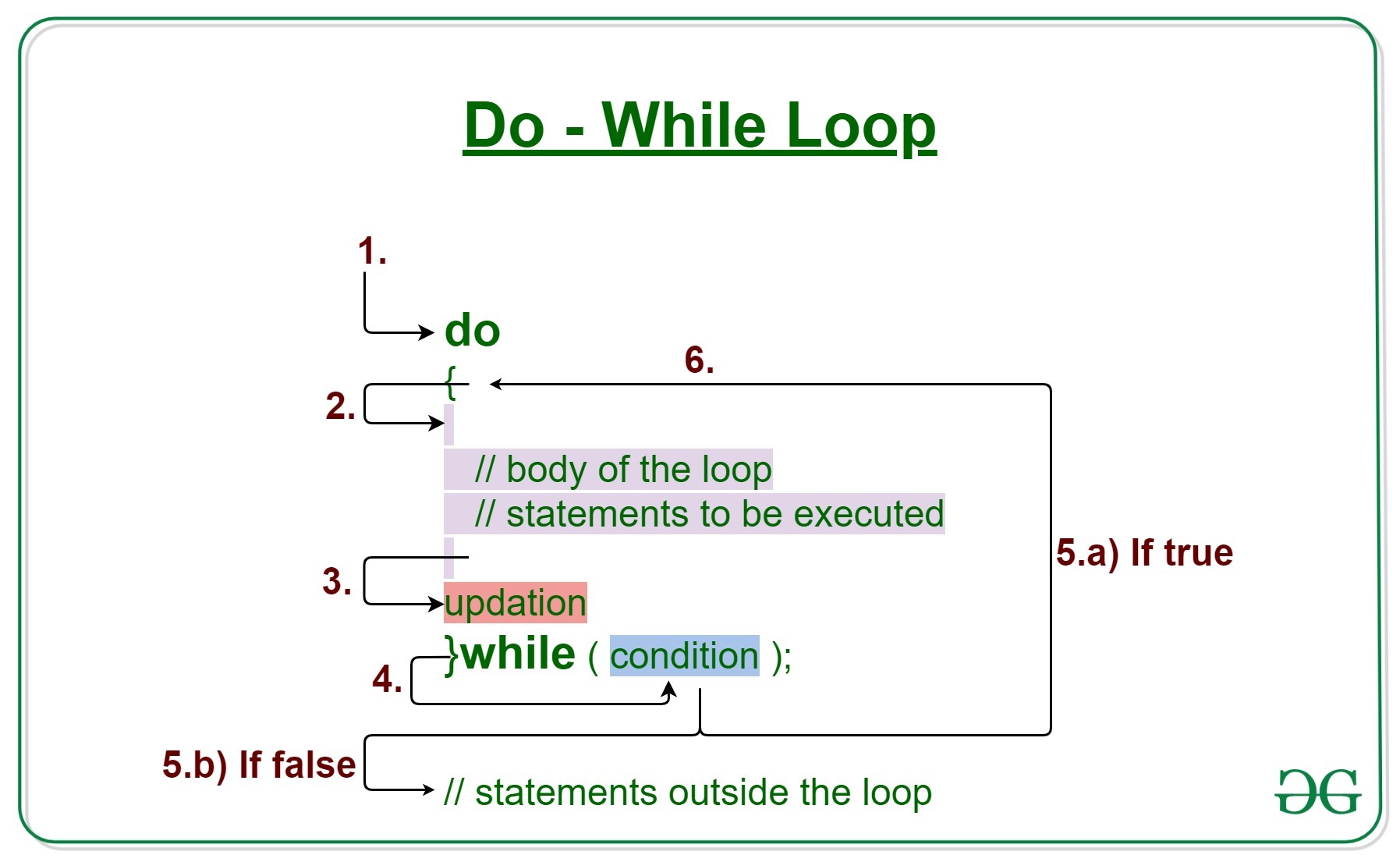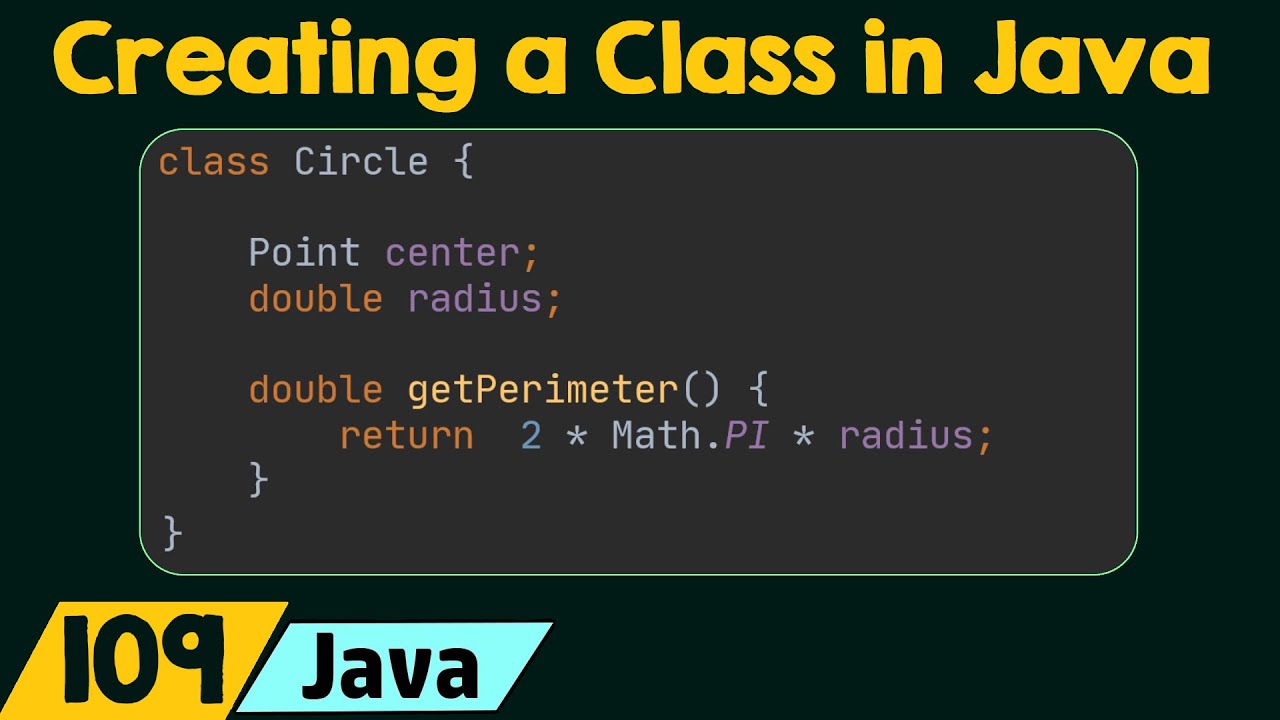Java jdbc example
Java jdbc example
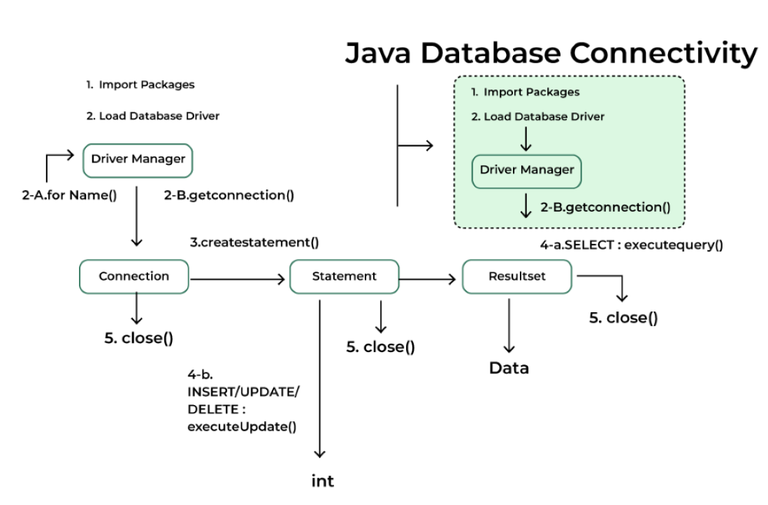
Here is a simple example of using JDBC (Java Database Connectivity) to interact with a relational database:
Step 1: Import necessary libraries and load the driver
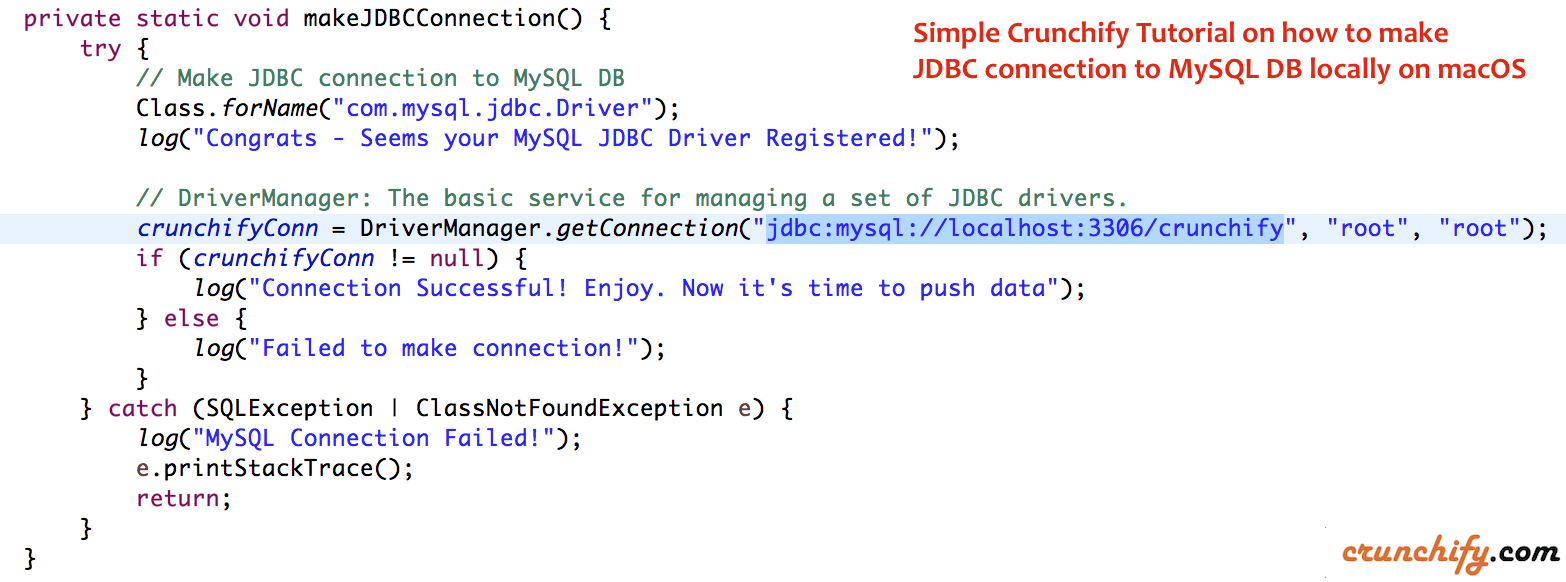
import java.sql.*;public class JDBCDemo {
public static void main(String[] args) {
try {
// Load the MySQL JDBC driver
Class.forName("com.mysql.cj.jdbc.Driver");
} catch (ClassNotFoundException e) {
System.out.println("MySQL JDBC driver not found.");
return;
}
}
}
In this step, we import the necessary libraries and load the MySQL JDBC driver. The Class.forName() method is used to load the driver.
Step 2: Establish a connection
public class JDBCDemo {public static void main(String[] args) {
try {
// Load the MySQL JDBC driver
Class.forName("com.mysql.cj.jdbc.Driver");
// Create a connection URL
String url = "jdbc:mysql://localhost:3306/mydb";
// Create a connection object
Connection conn = DriverManager.getConnection(url, "username", "password");
} catch (ClassNotFoundException e) {
System.out.println("MySQL JDBC driver not found.");
} catch (SQLException e) {
System.out.println("Error connecting to the database:");
System.out.println(e.getMessage());
}
}
}
In this step, we create a connection URL and use it to establish a connection to the database. We also catch any potential exceptions that may occur during the process.
Step 3: Create a statement
public class JDBCDemo {public static void main(String[] args) {
try {
// Load the MySQL JDBC driver
Class.forName("com.mysql.cj.jdbc.Driver");
// Create a connection URL
String url = "jdbc:mysql://localhost:3306/mydb";
// Create a connection object
Connection conn = DriverManager.getConnection(url, "username", "password");
// Create a statement object
Statement stmt = conn.createStatement();
} catch (ClassNotFoundException e) {
System.out.println("MySQL JDBC driver not found.");
} catch (SQLException e) {
System.out.println("Error connecting to the database:");
System.out.println(e.getMessage());
}
}
}
In this step, we create a statement object that can be used to execute SQL queries.
Step 4: Execute a query
public class JDBCDemo {public static void main(String[] args) {
try {
// Load the MySQL JDBC driver
Class.forName("com.mysql.cj.jdbc.Driver");
// Create a connection URL
String url = "jdbc:mysql://localhost:3306/mydb";
// Create a connection object
Connection conn = DriverManager.getConnection(url, "username", "password");
// Create a statement object
Statement stmt = conn.createStatement();
// Execute a query
ResultSet rs = stmt.executeQuery("SELECT * FROM mytable");
} catch (ClassNotFoundException e) {
System.out.println("MySQL JDBC driver not found.");
} catch (SQLException e) {
System.out.println("Error connecting to the database:");
System.out.println(e.getMessage());
}
}
}
In this step, we execute a query using the statement object. The executeQuery() method returns a result set that contains the results of the query.
Step 5: Process the results
public class JDBCDemo {public static void main(String[] args) {
try {
// Load the MySQL JDBC driver
Class.forName("com.mysql.cj.jdbc.Driver");
// Create a connection URL
String url = "jdbc:mysql://localhost:3306/mydb";
// Create a connection object
Connection conn = DriverManager.getConnection(url, "username", "password");
// Create a statement object
Statement stmt = conn.createStatement();
// Execute a query
ResultSet rs = stmt.executeQuery("SELECT * FROM mytable");
// Process the results
while (rs.next()) {
System.out.println("ID: " + rs.getInt("id"));
System.out.println("Name: " + rs.getString("name"));
System.out.println();
}
// Close the result set and connection
rs.close();
conn.close();
} catch (ClassNotFoundException e) {
System.out.println("MySQL JDBC driver not found.");
} catch (SQLException e) {
System.out.println("Error connecting to the database:");
System.out.println(e.getMessage());
}
}
}
In this step, we process the results of the query by iterating over the result set and printing out the values.
Step 6: Close the connection
public class JDBCDemo {public static void main(String[] args) {
try {
// Load the MySQL JDBC driver
Class.forName("com.mysql.cj.jdbc.Driver");
// Create a connection URL
String url = "jdbc:mysql://localhost:3306/mydb";
// Create a connection object
Connection conn = DriverManager.getConnection(url, "username", "password");
// Create a statement object
Statement stmt = conn.createStatement();
// Execute a query
ResultSet rs = stmt.executeQuery("SELECT * FROM mytable");
// Process the results
while (rs.next()) {
System.out.println("ID: " + rs.getInt("id"));
System.out.println("Name: " + rs.getString("name"));
System.out.println();
}
// Close the result set and connection
rs.close();
conn.close();
} catch (ClassNotFoundException e) {
System.out.println("MySQL JDBC driver not found.");
} catch (SQLException e) {
System.out.println("Error connecting to the database:");
System.out.println(e.getMessage());
}
}
}
In this step, we close the result set and connection using the close() method.
This is a basic example of how you can use JDBC to interact with a relational database in Java.
java/jdbc driver

I'll respond in English since you specifically asked for it.
Java provides several JDBC drivers to connect to various databases. Here's a breakdown of the most commonly used ones:
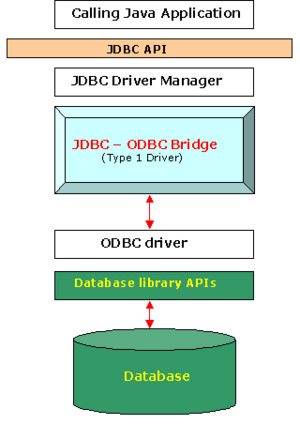
org.postgresql.driver, is a Java API that allows you to connect to PostgreSQL databases from your Java programs. It's a popular choice for many applications due to its robust feature set and high performance. Oracle JDBC Driver: Oracle provides the official JDBC driver for its database management system. The driver supports various Oracle versions, including 10g, 11g, and 12c. You can download it from the Oracle website. DB2 JDBC Driver: DB2 is a commercial relational database management system developed by IBM. The DB2 JDBC driver allows you to connect to DB2 databases from your Java programs. It's often used in enterprise environments where reliability and scalability are crucial. SQL Server JDBC Driver: Microsoft provides the official JDBC driver for its SQL Server database management system. The driver supports various SQL Server versions, including 2005, 2012, and 2019. You can download it from the Microsoft website. H2 Database Engine: H2 is an open-source relational database engine that implements the SQL standard. It provides a JDBC driver for Java programs, making it suitable for development environments or testing purposes.
When choosing a JDBC driver, consider factors such as:
Compatibility: Ensure the driver supports your target database version and platform (e.g., Windows, Linux, or macOS). Performance: Some drivers may provide better performance than others, depending on the specific requirements of your application. Ease of use: Choose a driver with a straightforward API and minimal configuration requirements to simplify your development process. Community support: Consider the level of community involvement, documentation, and bug fixes available for each driver.In summary, the choice of JDBC driver depends on the type of database you're working with, the performance requirements of your application, and the ease of use you prefer. By understanding the different options available, you can select the best-fit driver for your Java project.
